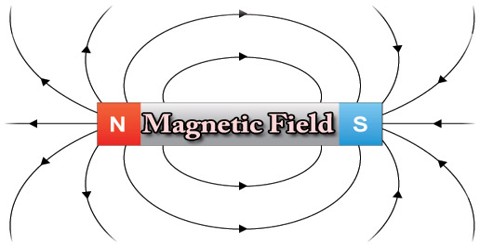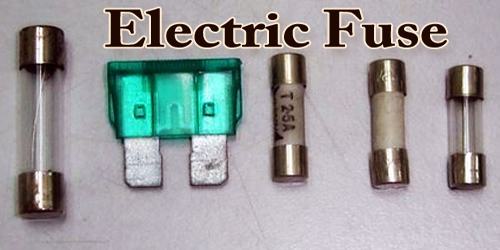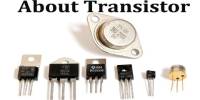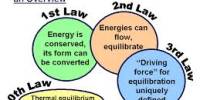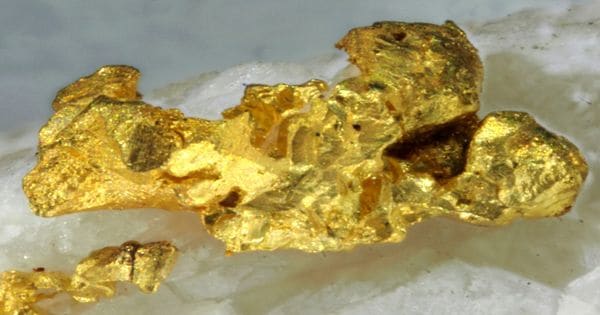Magnetic Field
Definition
Magnetic Field is said to exist in a region if a force can be exerted on a magnet. If a compass needle is deflected when it is put at a particular location, we say a magnetic field exists at that point, and the strength of the field is measured by the strength of the force of the compass needle. The Earth, the sun, and the Milky Way galaxy all have magnetic fields. All known magnetic fields are caused by the movement of electrical charges. Electrons in orbit in atoms give rise to magnetic fields, so that every atom is, like the Earth, surrounded by a magnetic field.

Magnetic fields force moving electrically charged particles in a circular or helical path. This force exerted on electric currents in wires in a magnetic field_underlies the operation of electric motors. It’s may be represented by continuous lines of force or magnetic flux that emerge from north-seeking magnetic poles and enter south-seeking magnetic poles. The density of the lines indicates the magnitude of the magnetic field. The direction of the flux is the direction in which the north-seeking pole of a small magnet points. The lines of flux are continuous, forming closed loops. For a bar magnet, they emerge from the north-seeking pole, fan out and around, enter the magnet at the south-seeking pole, and continue through the magnet to the north pole, where they again emerge.
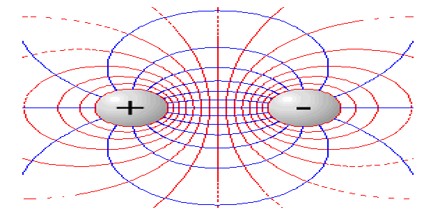
Electromagnetic Field
Electrostatic flux is impeded or blocked by metallic objects. Magnetic flux passes through most metals with little or no effect, with certain exceptions, notably iron and nickel. These two metals, and alloys and mixtures containing them, are known as ferromagnetic materials because they concentrate magnetic lines of flux. An electromagnet provides a good example. An air-core coil carrying direct current produces a magnetic field. If an iron core is substituted for the air core in a given coil, the intensity of the magnetic field is greatly increased in the immediate vicinity of the coil. If the coil has many turns and carries a large current, and if the core material has exceptional ferromagnetic properties, the flux density nears the ends of the core can be such that the electromagnet can be used to pick up and move cars. This generates a fluctuating electric field, which in turn produces another varying magnetic field. The result is a “leapfrog” effect, in which both fields can propagate over vast distances through space. Such a synergistic field is known as an electromagnetic field.
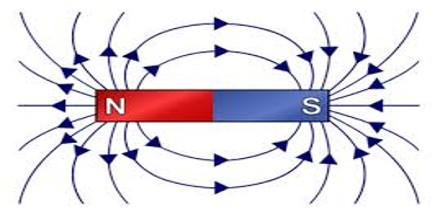
Applications of Magnetic Field
The Mass Spectrometer – The mass spectrometer involves three steps. First the ions are accelerated to a particular velocity; then just those ions going a particular velocity are passed through to the third and final stage where the separation based on mass takes place.
The Hall Effect – Another good application of the force exerted by moving charges is the Hall Effect. The Hall Effect is very interesting, because it is one of the few physics phenomena that tell us that current in wires is made up of negative charges. It is also a common way of measuring the strength of a magnetic field. With an electric field, there is a potential difference across the wire that can be measured with a voltmeter. This is known as the Hall voltage, and in the case of the positive charges, the sign on the Hall voltage would indicate that the right side of the wire is positive.
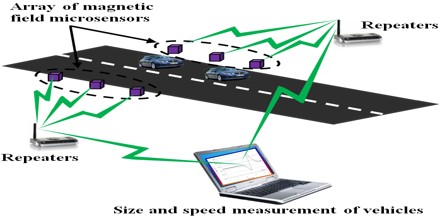
Uses of Magnetic Fields
Although everything is made of atoms, most things don’t behave magnetically because the poles of the atoms are not aligned–the poles point in all different directions. Atoms have north and south magnetic poles–just like the Earth. When something aligns the atomic poles in a substance, the substance becomes magnetic. Electricity is one of the things that can align the poles of atoms.
Electromagnets – The archetype electromagnet is the crane-operated model that picks up automobiles and scrap metal by the ton. This model demonstrates one of the desirable features of the electromagnet–it becomes a magnet or not a magnet at the flip of a switch. The electric current running around an iron core aligns the iron atoms to make the iron core a magnet. The singer sings, a matching electric current is generated, the electromagnet receives a rhythmic input and the paper cone vibrates to reproduce the singer’s voice.
Motors – Motors use magnetic fields to rotate a shaft. As the electric current going to the motor varies–all generated currents do, it causes the rising and falling magnetic fields to push the core of the motor around. Motors are ubiquitous–at least a dozen are in your car, there is one in every appliance, there is one in your computer to turn the hard drive, and there is one in the automatic door at the supermarket.
Magnetic Levitation – Magnetic levitation, or Maglev, applies a property of disk drives to electric trains. If a train can ride just above the rail, on a magnet field, there will be very little friction and it will be easy to move the train. Naturally, the train could then run very fast. This is how the Japanese bullet train–Shinkansen–works. Because the trains are powered through the rails, it is easy to build the rails in blocks that allow only one train at a time to be on a block.
Information Storage – When a tiny electromagnet is moving over an area on a magnetic data storage medium, it will leave a magnetized spot if the electromagnet is turned on and no magnetized spot if the electromagnet is turned off. Later a loop of wire is rapidly moved past the spot and the field from the magnetized spot will induce a tiny electric current. In this way information is read and recorded.
